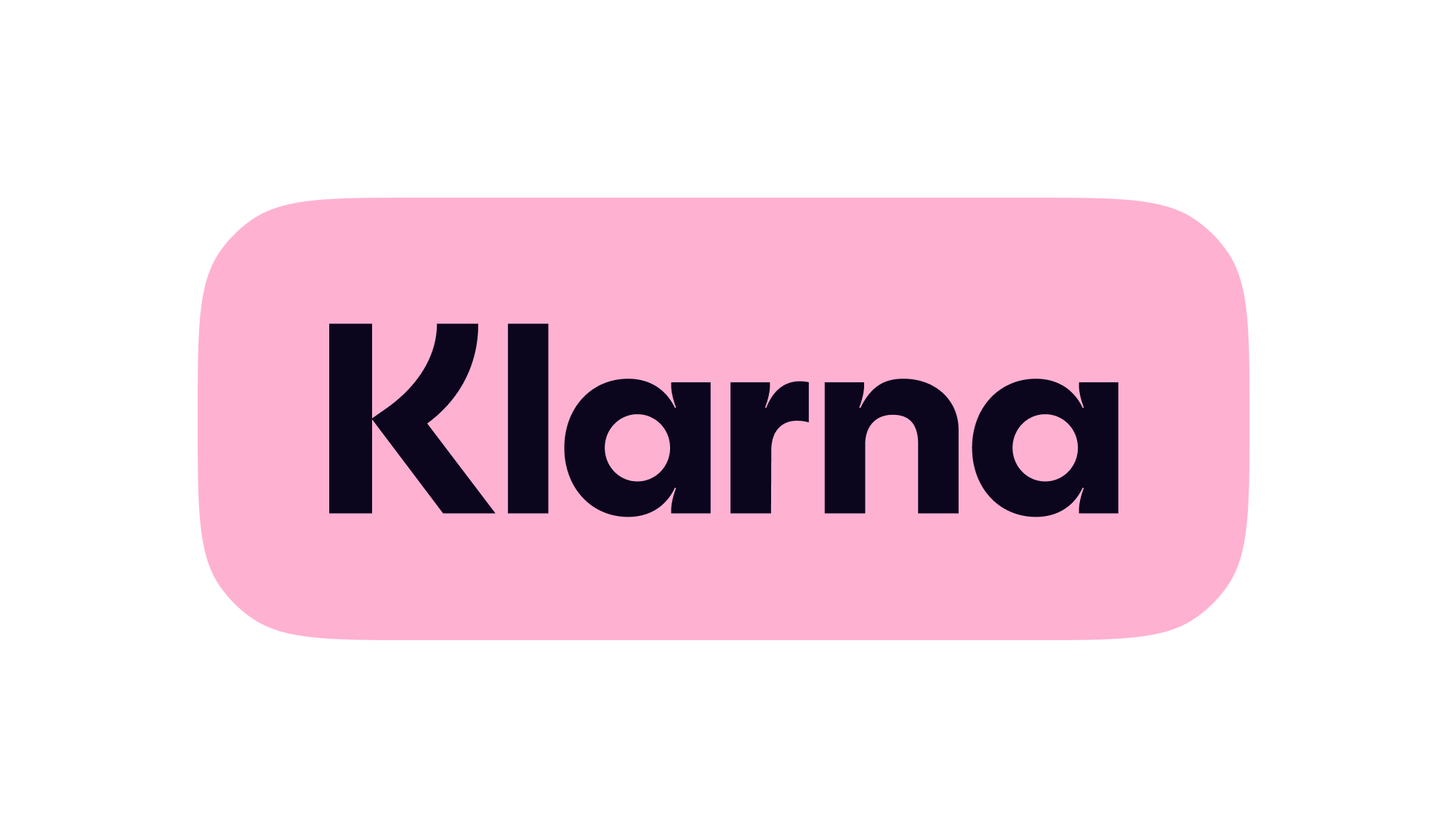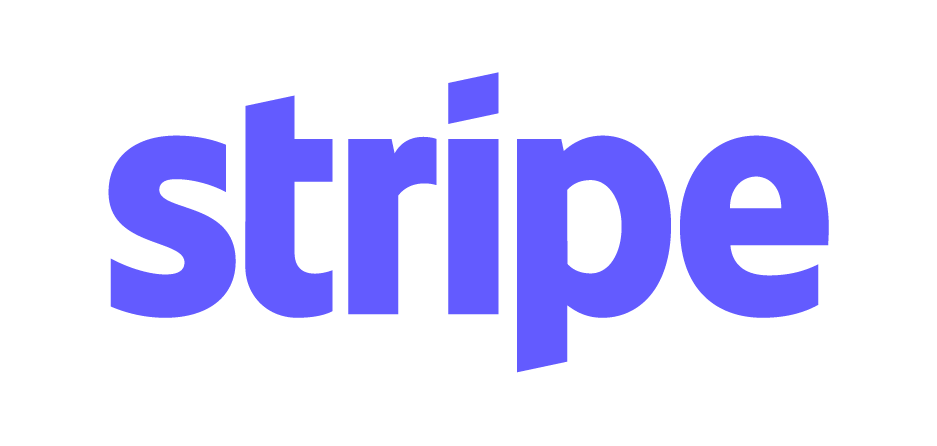Facial aesthetic treatments offer diverse options for enhancing and rejuvenating facial features. Each treatment is tailored to address specific concerns and is best selected as part of a detailed aesthetic consultation. In this blog, we provide a detailed overview of 8 popular types of facial aesthetic treatments:
Injectable Neuromodulators:
Neuromodulators, such as Botulinum Toxin, are a class of injectable treatments that temporarily block nerve signals to the muscles, reducing muscle activity and relaxing the treated area. When injected into specific facial muscles, neuromodulators can effectively reduce the appearance of dynamic wrinkles—those formed by repetitive facial expressions like frowning, squinting, or smiling. Common treatment areas include the forehead, where horizontal lines can be smoothed, the glabella (between the eyebrows) for frown lines, and the crow’s feet at the outer corners of the eyes. By relaxing these muscles, neuromodulators help to soften existing lines and prevent the formation of new wrinkles, offering a more refreshed and youthful appearance.
The benefits of neuromodulator treatments like Botox® are numerous. They provide a non-surgical solution to reduce signs of ageing with minimal downtime and discomfort. The results are typically visible within a few days and can last several months, depending on the individual’s response to the treatment. Additionally, neuromodulators can be used preventatively in younger patients to delay the onset of wrinkles. It is important to note that the success of these treatments relies on the skill and precision of the practitioner, as proper anatomical knowledge and injection techniques are essential to avoid potential side effects such as brow ptosis or facial asymmetry.
Dermal Fillers:
Dermal fillers are soft, gel-like substances that are injected under the skin. They are one of the most popular treatments for adding volume and contour to the face. As we age, our faces lose subcutaneous fat, causing the facial muscles to work closer to the skin surface, making smile lines and crow’s feet more apparent. Dermal fillers can fill in these lines and creases, temporarily restoring a smoother, more youthful-looking appearance. They can also add volume to areas like the cheeks and lips and can even be used to improve the appearance of recessed scars.
The benefits of dermal fillers are not only aesthetic. They can also help improve the skin’s hydration and elasticity by attracting water to the treated area and stimulating collagen production. This is because many fillers are made with hyaluronic acid, a substance naturally found in the skin, which helps keep it plump and hydrated. The results of dermal fillers can last anywhere from six months to two years, depending on the product used and the individual’s skin type and lifestyle. They are a non-surgical option for facial rejuvenation, offering patients a quicker recovery time and less risk than invasive procedures.
Laser Therapy:
In facial aesthetics, laser therapy utilises concentrated light to target various skin concerns. The laser’s energy is absorbed by the skin, where it can be used to heat and remove or reshape tissue. This process can help to improve skin texture, reduce the appearance of fine lines and wrinkles, and even out skin tone by targeting pigmentation issues. Laser therapy is also effective for hair removal and can help to reduce the visibility of scars, including those caused by acne. It is a versatile option that can be tailored to the patient’s specific needs, offering a range of benefits from rejuvenation to corrective procedures.
The benefits of laser therapy are manifold. It is a non-invasive treatment that significantly improves the skin’s appearance with minimal downtime. Patients can often return to their normal activities shortly after treatment, making it a convenient option for those with busy lifestyles. Laser therapy can also provide long-lasting results, with some treatments offering improvements that can last several years. It is also a precise treatment, allowing practitioners to target specific areas without affecting the surrounding skin. This precision makes it an excellent option for treating localised skin concerns and achieving a more uniform complexion.
Laser therapy is a testament to the advancements in aesthetic medicine, providing a safe and effective way to address a multitude of skin concerns, leading to enhanced skin health and confidence in one’s appearance.
Radiofrequency (RF) and Ultrasound Treatments:
Radiofrequency (RF) and ultrasound treatments are non-invasive procedures that have gained popularity in aesthetic medicine for their skin tightening and rejuvenation capabilities. RF therapy uses energy waves to heat the deep layer of your skin, known as the dermis. This heat stimulates the production of collagen, the most abundant protein in the body known for providing firmness and structure to the skin. Similarly, ultrasound treatments use sound waves to deliver energy to the same deep layers of the skin, encouraging the body’s natural regenerative response. Both treatments effectively improve skin laxity, reduce the appearance of fine lines and wrinkles, and enhance overall skin texture without surgery or significant downtime.
The benefits of RF and ultrasound treatments are multifaceted. They can provide a lifting effect, similar to a non-surgical facelift, and improve the definition of facial features. Patients often appreciate the minimal discomfort associated with these treatments and can typically resume their normal activities immediately after a session. Over time, as the body produces new collagen, the results can become more pronounced, leading to a more youthful and refreshed appearance. These treatments are suitable for patients looking for a less invasive alternative to traditional facelifts, and they can be used on various parts of the face and neck to address a range of ageing concerns.
Chemical Peels:
Chemical peels are a form of exfoliation that can significantly improve the skin’s appearance by removing the outermost layers of dead skin cells. They come in various strengths, from light peels that use mild acids like alpha-hydroxy acid (AHA) to more intense peels that use stronger acids like trichloroacetic acid (TCA) or phenol. Lighter peels can refresh the skin and improve conditions such as acne or mild discolouration, while deeper peels can address more significant issues like deeper wrinkles and scars. The process involves applying the chemical solution to the skin, which causes it to exfoliate and eventually peel off, revealing more youthful and smoother skin.
The benefits of chemical peels extend beyond the immediate visual improvements. They can also increase the skin’s collagen production, producing firmer, more resilient skin over time. Additionally, chemical peels can reduce the appearance of pores, balance skin tone, and improve the skin’s overall texture. Patients often report that their skin feels softer and smoother after a chemical peel. While some downtime is associated with the deeper peels, many patients find the results worth the recovery time. Individuals must consult a skin care professional to determine the peel best suited for their skin type and aesthetic goals. Chemical peels can offer a less invasive alternative to surgical procedures, providing a refreshed look with less risk and recovery time.
Micro-needling:
Micro-needling is a minimally invasive procedure that involves using a device equipped with fine needles to create tiny punctures in the top layer of the skin. This controlled skin injury triggers the body’s natural wound-healing processes, resulting in cell turnover and increased collagen and elastin production. Collagen is a vital protein that helps keep the skin looking youthful, with a firm, smooth, and stretchy texture. Micro-needling is commonly used to treat and improve conditions like acne scarring, fine lines and wrinkles, loose skin, skin texture, pore size, brown spots, stretch marks, and pigment issues.
The benefits of micro-needling can be enhanced by applying topical agents, such as hyaluronic acid or vitamin C, which can penetrate deeper into the skin due to the treatment. Patients typically notice an immediate “glow” to their skin, but visible changes develop over several days and weeks. The procedure is safe for most people in overall good health and with particular skin concerns that have not responded to home treatments or other dermatologic procedures, such as peels. This treatment may not be suitable for people who are pregnant, have certain skin diseases, such as psoriasis or eczema, have open wounds, have had radiation therapy recently, or are prone to skin scars.
Platelet-Rich Plasma Therapy (PRP):
Platelet-Rich Plasma Therapy (PRP) is an innovative facial aesthetic treatment in the field of regenerative medicine that leverages the body’s natural healing mechanisms. The procedure involves drawing a small sample of the patient’s blood, which is then processed in a centrifuge to isolate the plasma rich in platelets. These platelets are critical components in the body’s wound-healing process, as they release growth factors that stimulate tissue regeneration and collagen production. When injected back into the skin, PRP can improve skin texture, reduce fine lines, and overall facial rejuvenation. It is also used in other areas of medicine, such as orthopaedics, to aid in healing injuries.
The benefits of PRP are particularly appealing because it uses the patient’s biological material, reducing the risk of allergic reactions or rejection. The uncomplicated treatment can be performed in a medical clinic with minimal downtime. Patients often seek PRP for its ability to naturally enhance skin quality, resulting in a more youthful and radiant complexion. It has also been found effective in hair restoration, where it can stimulate the growth of hair follicles, making it a versatile option for both aesthetic and therapeutic applications.
PRP therapy is a testament to the advancements in aesthetic medicine, offering a natural and effective way to harness the body’s own healing capabilities for cosmetic enhancement and rejuvenation.
PDO Threads:
PDO Thread Lifting, also known as a thread lift, is a procedure that offers a subtle but visible lift in the skin. Instead of surgically removing the patient’s loose facial skin, the cosmetic practitioner suspends it by stitching up portions of it. This has the effect of pulling the skin back slightly and lifting and tightening the face. In addition to being ideal for lifting the skin, threads combat ageing in another way: by provoking the body’s “healing response” and causing the body to direct large surges of collagen to treated areas. This is important due to the role collagen plays in the ageing process.
Collagen helps support “growth factors” that greatly influence our skin’s condition. In addition to being used for lifting the skin, threads become scaffolds for the skin that help hold it against gravity’s effects. The threads are inserted under the skin in strategic areas, can be adjusted and tightened as needed, and offer immediate results. PDO threads are made of a material that has been used in medicine for many years, and they are absorbable, which means they will not need to be removed later on. The procedure is usually carried out using a local anaesthetic, and due to its non-invasive nature, the recovery time is minimal.
Overall, PDO Thread Lifting is an excellent alternative for those who desire a more youthful appearance without the need for surgery, and it can be an effective way to prolong the need for more invasive procedures.
Choosing Appropriate Facial Aesthetic Treatments
In this blog, we have explored 8 Types of facial aesthetic treatments. Each treatment should be chosen based on the individual’s facial features and specific conditions. Consulting with a qualified practitioner is essential to determine the most suitable treatment plan.
If you are a registered healthcare professional looking to train in facial aesthetics, contact our team to discuss these treatments in more depth and discuss your training pathway.






